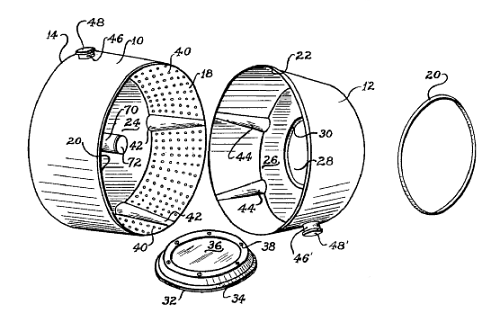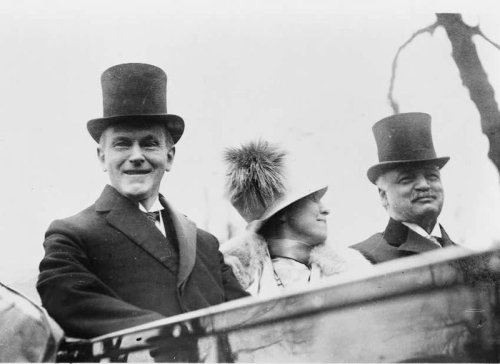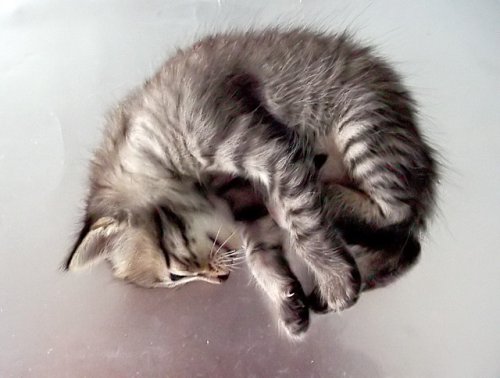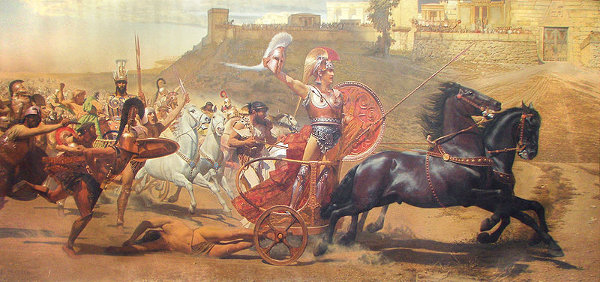In 1924, at the height of Prohibition, rumors began to circulate of rich people partying on a 17,000-ton steamship anchored 15 miles off the New York coast, safely out of the reach of law enforcement. “A Negro jazz orchestra furnishes the music to which millionaires, flappers, and chorus girls whirl on a waxed floor with the tang of salt air in their lungs,” wrote Sanford Jarrell of the New York Herald Tribune, who claimed to have spent a night aboard the mysterious ship.
Other newspapers picked up the story, but none could confirm it. Customs agents began an investigation even as boatloads of intrigued New Yorkers began to search the Atlantic off Fire Island, and Washington ordered a Coast Guard cutter to hunt down the ship.
At first the Herald Tribune defended Jarrell against skeptics, but finally it reported that the story was untrue. The episode had begun with a tip from a reputable source, but Jarrell had followed it up and found nothing. He’d filed his story of the “sin ship” as a hoax, and it had snowballed out of control. Finally he sent a written confession to the paper’s editors.
“In anticipation of the natural penalty for my misdemeanor,” he wrote, “and assuring you of my sincerest regret about the whole affair, I herewith tender you my resignation as a member of the Herald Tribune staff, to take effect at once.”





